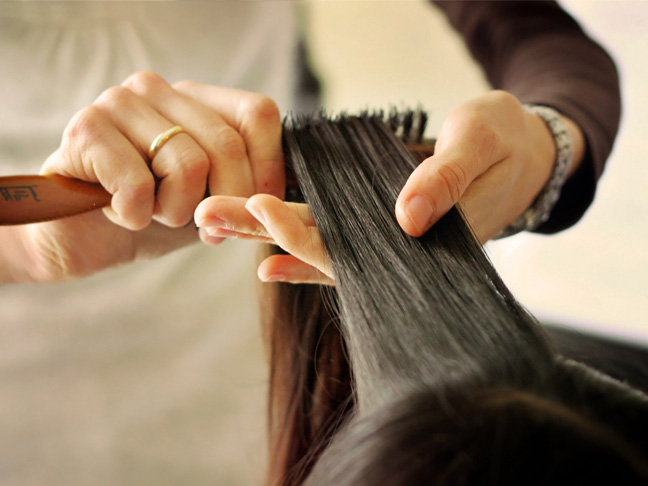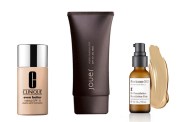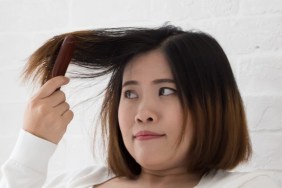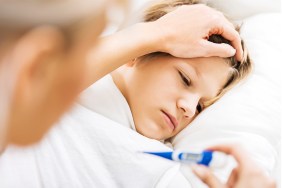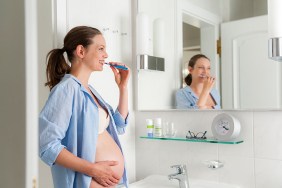NCIS star Pauley Perrette landed in the hospital last week with a severe reaction to hair dye.
She posted a photo of her extremely swollen face on Twitter, saying “My head swelled up huge like a melon.” Now she’s urging women to read up on hair dye allergies for themselves.
Perrette is a natural blonde who has been dying her hair jet-black for more than 20 years without incident. Six months ago she began developing a rash on her neck and scalp which got worse with every coloring. Unfortunately, she ignored these warning signs.
New York dermatologist Dr. Debra Jaliman is the author of Skin Rules, and says that an allergy to hair dye is rare, affecting one in about 250,000 people. Some users may see an allergic reaction the first time that they dye, but for others it may not happen immediately. She cautions that depending on how sensitive your system is, the allergy may be slow to develop. In Perette’s case, it took 20 years to fully form.
If you see signs of redness or swelling, or have itching or burning after using hair dye, don’t ignore these symptoms. They are your body’s signal that an allergy is building up, and continuing to use the dye could actually be fatal. If a severe allergy develops, you can get hives and blisters — and although rare, difficulty breathing similar to an anaphylactic reaction.
The culprit in these reactions is a chemical called paraphenylenediamine (PPD) that is used in most commercial dyes found in drugstores and in hair salons. It’s purpose is to prevent the color from fading. Dr. Jaliman called out black dye as being the worst, but you can get the same reaction with any color, or even the original color of your natural hair.
If you color your hair, don’t skip the initial skin patch test. Put a bit of dye on your skin and wait 48 hours to see if there’s a reaction. There are alternative ways to color hair safely and skip the chemicals. Dyes like henna and the line from EcoColors are non-toxic solutions, and adding highlights is usually safe, too. Your salon colorist can recommend formulas that will work. As for Pauley Perrette, one close call was enough. She says she is looking into natural dyes and wigs.
